Find out if you’re making common copywriting mistakes. Then learn how to plan and write a better B2B product description using these examples to inspire you.

B2B copywriting: common challenges and mistakes
Are you wondering why your products aren’t selling as well as the competitions’? Do you have a high cart abandonment rate? Do prospects contact you with countless questions or requests for information (or even confirmation) that you could have sworn were already addressed in the product description before purchasing your product?
You’re not alone. Many B2B marketers face those very same questions and struggles every day. And like you, many feel they have written truly engaging product descriptions only to read them again later and find that it all suddenly sounds so, well, bad.

What’s better than a how-to guide? Letting a pro do the writing for you!
Sit back and relax because there’s a discounted copywriting package just for you.
What are you doing wrong? Chances are you’re making some of most common B2B copywriting mistakes—and that is what is getting in the way of a smooth and quicker purchase journey!
The following copywriting mistakes could be the cause for low or stagnant sales.
Mistake #1: The product description is pointlessly wordy
You might be wondering: is it so wrong to be detailed? After all, you have a complex product that needs to be fleshed out.
The answer is of course not – but there’s a proper way of going about it (and that is being concise, i.e. brief but comprehensive) and then there’s being unnecessarily long-winded. Put another way, an overly lengthy description bores the reader, or worse, loses their attention entirely. Why? Because drawn-out descriptions often fall victim to being dull and monotonous—text that no one actually wants to read. You can see why that would cost you sales!
You might also like: Is there an ideal product description length?

Mistake #2: You aren’t able to resonate with the target reader
You want your B2B product descriptions to do their job and that is to sell your products. The bad news is, if you can’t appeal to the reader, it’s much harder to land that valuable sale.
Remember that, while it would be great if logic would always prevail, your reader is human and therefore prone to letting emotion or feelings cloud his decision making. In other words, your reader has to feel something. Your reader has to be convinced.
And yet when it comes to B2B product copywriting, descriptions tend to fall short of being engaging. Frankly, they’re boring and lacklustre. They lack that special oomph factor that draws readers in and gets them invested in what they’re reading—and therefore more likely to actually inquire.
Just because you’re writing for a business client base doesn’t mean you should forego product description writing best practices.
You might also like: How do you write good product descriptions?
Mistake #3: Your aren’t being crystal clear
This is perhaps the worst copywriting mistake one can make and yet oh-so-many businesses end up making it.
Browse a few B2B websites and you are bound to spot descriptions that use a ton of buzzwords and industry jargon. You’ll find descriptions that attempt to make the product sound a lot fancier than it actually is. Or maybe there’s the description that says so much it ends up saying nothing at all.
Put simply the writer didn’t keep things simple. That’s why so many B2B businesses end up with convoluted and confusing descriptions that no one outside the office can understand!
If you are tasked with writing product descriptions, make sure you can quickly and easily explain what the products are, what they do, and why clients should care. Don’t forget to focus on what actually matters and leave out the unnecessary fluff, i.e. things that you want to mention but that don’t add much value to the description.
Can’t figure out where you’ve gone wrong with your product descriptions? Then it’s time you consider hiring a professional B2B copywriter to help you out!
Mistake #4: Forgetting to give decision makers the information they need
This happens when a product description focuses too much on either benefits or features and not enough on both.
Unlike regular B2C consumers, B2B consumers have to know more. They want to know how they’ll benefit from choosing your product but the B2B customer also needs to consider product specifications and attributes, technical information, compatibility with existing systems / parts, the materials used, maintenance and warranty details in order to make a decision. It’s important you find the right balance to satisfy the informational needs of multiple levels of decision makers and stakeholders.
All this to say an effective product description is incredibly powerful. When done right, it can minimize cart abandonment; result in less back-and-forth with the sales agent because of questions; shorten the purchase journey; build better business relationships and ultimately increase sales.

A step by step guide to writing remarkable B2B product descriptions
Step #1: Define your audience
The importance of defining your audience cannot be said enough. Whatever your product and no matter how much writing experience you have, when it comes to writing B2B product descriptions you always want to start with understanding your target customer.
You want to outline things like:
- Who is this product for or what kind of business needs do these products solve?
- What will the business do with these products?
- What do they want to achieve with this product?
- Who will be reading the description?
- Who are the individuals likely to be involved in decision making for this type of product?
- What are their purchase criteria?
When you know who your readers are it’s easier to plan out what to say in your B2B product description.

Step #2: Know the ins and outs of your product
To write an effective B2B product description, you need to deliver tangible and intangible elements. It has to be meaningful and convey value. That’s why it’s important you define what your product is and what it does before you start writing—the features and benefits as they relate to your target customer.
Remember: Customers need very specific information to help them understand what you are offering, the benefits, and why your option is the best for them.
Your description copy should make it clear (1) which problems the product solves and (2) which of your customer’s needs are satisfied through the purchase of this product.
What is the result for them? Does it save them time? Will it streamline work processes? Does it allow them to increase revenues? At the end of the day, potential customers want to know how purchasing your product benefits them.
Step #3: Think about structure and format
To a large extent, where the B2B product description is used will influence structure and format.
Will it be used on your online store? Is it for a sales presentation? Do you need it for a product information PDF? Does it go in a comprehensive product catalogue? Are you writing a description for a landing page?
Knowing where it’s going and who will be reading it will guide your writing. These factors will help you decide what a suitable length would be, the best way to present the information, and just how detailed you need to be.
For example: Let’s say you have multiple variations of one type of product and a page listing all those options on your website. That introductory page might have a brief teaser-like product description to entice the reader to click through to a dedicated product page. On the dedicated product page, you have a more detailed product description outlining features and benefits. And on that page, you give the prospect the option to download a product PDF that lists all the technical specifications and attributes.
Tip: Where applicable, don’t forget to add a call-to-action button. For example, with high-involvement products, you might want to offer prospects the option to request a call back from a sales agent, the option to download more information, or simply to send their inquiry directly from that page.
Chances are – like the above example – you’ll need to use the description in different places. In that case, start with a main description that you can adjust and adapt as needed.
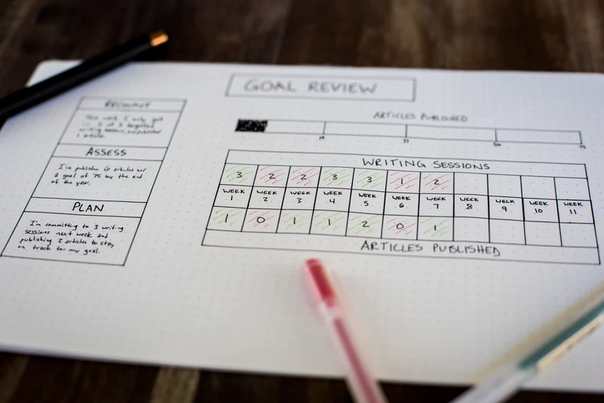
Step #4: Consider other goals or objectives
It’s inevitable that you’ll also have to factor in other goals and objectives that you might have. For example: Should the description improve your organic search engine ranking? If so, you’ll need to plan for suitable keywords.
You might also like:
» Why search intent is important for marketers
» How to use search intent in copywriting—and increase your conversion rate!
Step #5: Review your work
Once you’re done writing, always, always edit your work. Here’s a handy checklist of things to look out for aside from spelling and grammar.
- Have you kept things simple?
- Are the features and benefits clear?
- Is what you’ve written informative enough for decision makers?
- Is your description memorable?
- Are you convincing?
Finally, get feedback! Ask other members of your team or a colleague in another department to give the text a read and let you know what needs improvement from their perspective.
You might also like: 10 editing and proofreading tips for beginners
Examples of effective B2B copy
B2B product descriptions are, in many ways, much harder to write because the decision making process is more complex and involves more stakeholders.
Having great examples to refer to can help you write better product copy. And they’re just really good for inspiration! So here are a few examples worth emulating.
Sample #1: Short and sweet teaser text
This is the perfect example of what I had mentioned earlier in this post: Providing a brief overview of the different variations for a certain product line. Let’s say you’re looking for trolleys. Trolleys can be used at supermarkets, small grocery stores, airports, department stores, hotels, and in the delivery of certain services like laundry collection.
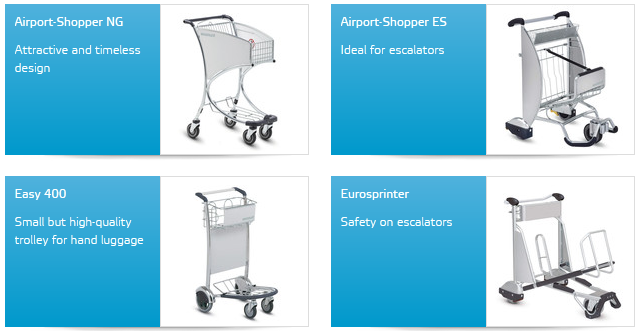
Once you’ve chosen your desired category of trolleys, in this case airport luggage trolleys, you’re presented with various styles and sizes to choose from. When there are many options, it can be pretty overwhelming and hard to figure out if – apart from appearance – there’s actually a crucial difference between the products.
How do you know which one you might want for your airport? By reading the brief introductory text! Then click on the item that you want to learn more about to find a more detailed (but still concise) product page.
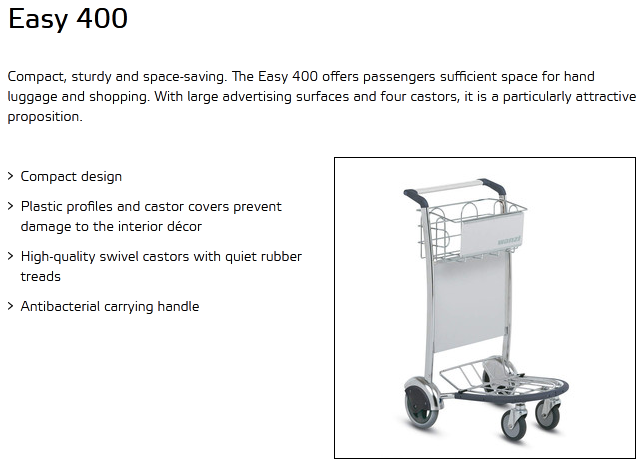
This description successfully highlights all the benefits of opting for this particular design of trolley—in just a few lines! It’s compact, sturdy and space-saving; design elements help prevent damage to the interiors; the carrying handle is antibacterial (highly relevant in today’s pandemic-ridden travel environment) and there’s particular mention of an additional way the airport can increase revenues through advertising on trolleys.
Takeaway: Help your prospects quickly and easily find what they’re looking for. Then once they’re ready to learn more, give them the most important information they need to reach a decision.
Sample #2: The customer-centric B2B product description
You could list out all the awesome back-end details of your product or service and the many months spent pilot testing it in the real world. Or you could list out what all that actually means for the user, i.e. your potential customer.
Which version would be easier to understand? Which version is more memorable and likely to have a greater impact on the reader? Probably the version that answers the question ‘what’s in it for me?’ versus the version that makes the reader go ‘huh?’
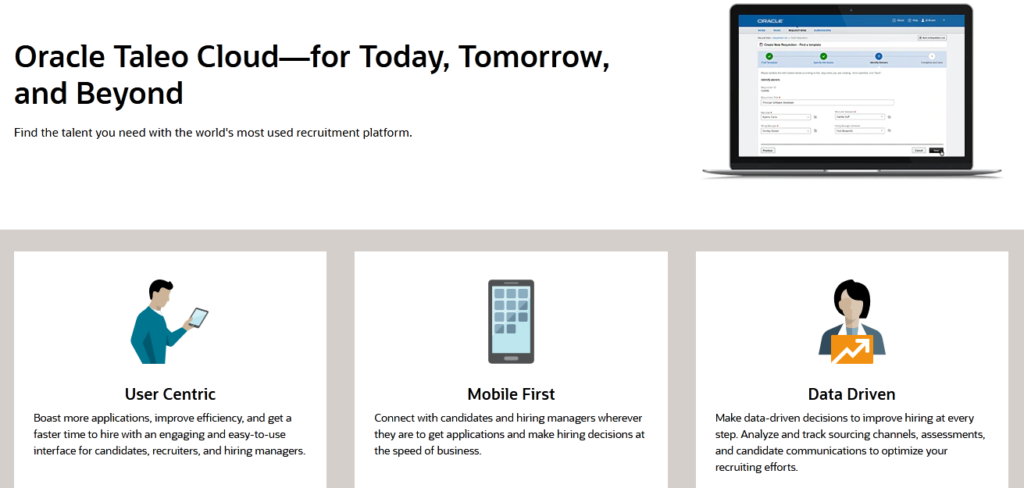
A customer-centric description is particularly important during the early stages of the purchase journey, where you’re trying to lure the prospect in to learn more about your offer and where the prospect is still discovering his options and narrowing down the possibilities.
Takeaway: Remember that there’s a right time and place for everything and early on in the purchase journey, it pays to keep things simple. Write a B2B product description that helps the reader understand what’s in it for him.
Sample #3: Here’s why you want our product over the competition
If your product has a lot of competition or if it’s one that could be regarded as a commodity, then you really want to make sure your product copy highlights what sets you apart. You don’t want to look and sound exactly like everyone else offering a similar product.
One really effective way to do that is by directly linking unique benefits to the specific product feature. Like what you can see below.
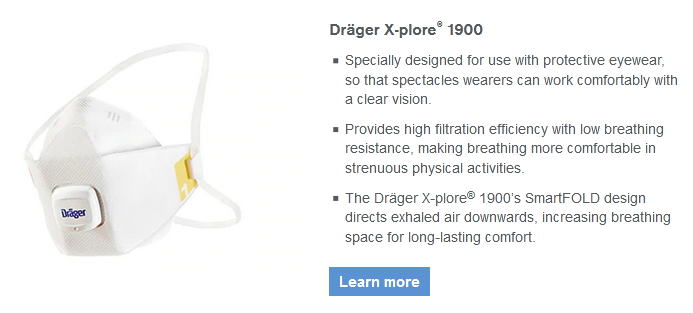
Takeaway: It’s not enough to say your product’s design is awesome because it makes life more comfortable for the user. To prevent skepticism, make sure the reader knows how and why. Namely, what do your fancy features mean for them, within the context of where they will be using your product?
Sample #4: We solve problems you didn’t even know you had
A great B2B product description causes the reader to have an aha moment. A realisation that this product goes above and beyond solving the problem he set out to fix.
How do you do that? Very often it’s a very simple formula of stating what the product does and how / where you can use it.

Why is it so effective? It could be because, a lot of the time, prospects start their search looking for solutions to a specific problem or two. In other words with a vague idea of what he might want. For example: We need a suitable cleaning solution suitable to get rid of the foul stench of urine in our city’s public toilets.
What he might not have even thought about is the same problem in other public spaces like passageways and underpasses. Rather than have to look for two different cleaning products for different surfaces (tiles and porcelain vs concrete), the product description above makes it clear that this one item solves the public toilet problem and then some: passageways, underpasses, alleys, and even upholstery!
If your B2B product description can show how your product is THE solution for that main problem (and other problems he didn’t even know he might have), then it will be much easier to convince the reader that the search is over—and get him to take action.
Takeaway: Aim to create moments of realisation or inspiration through your product descriptions. Those make you memorable and help you stand out.
Sample #5: Product copy that taps into aspirational desires
An effective B2B product description doesn’t have to be “serious”. In fact great ones make the reader feel—even in a B2B setting.

Feelings of safety, relief or hope are great emotions to tap into. This one – for commercial-grade ice cream freezers – taps into the buyer’s dreams. With this freezer, you too can make the most unforgettable gelatos and sorbets—everyone will know your name!
Takeaway: Write a description that articulates what your buyer wants to achieve and show him how your product will get him there.
